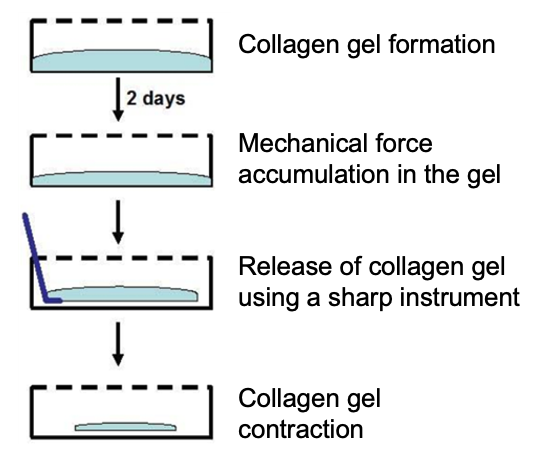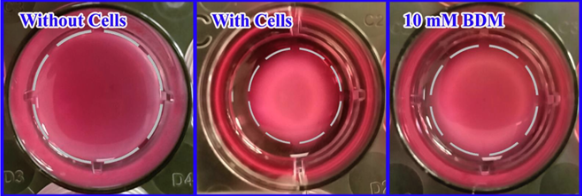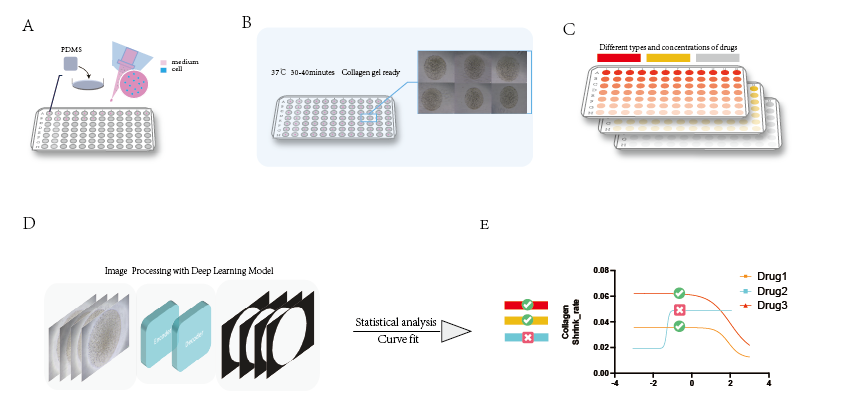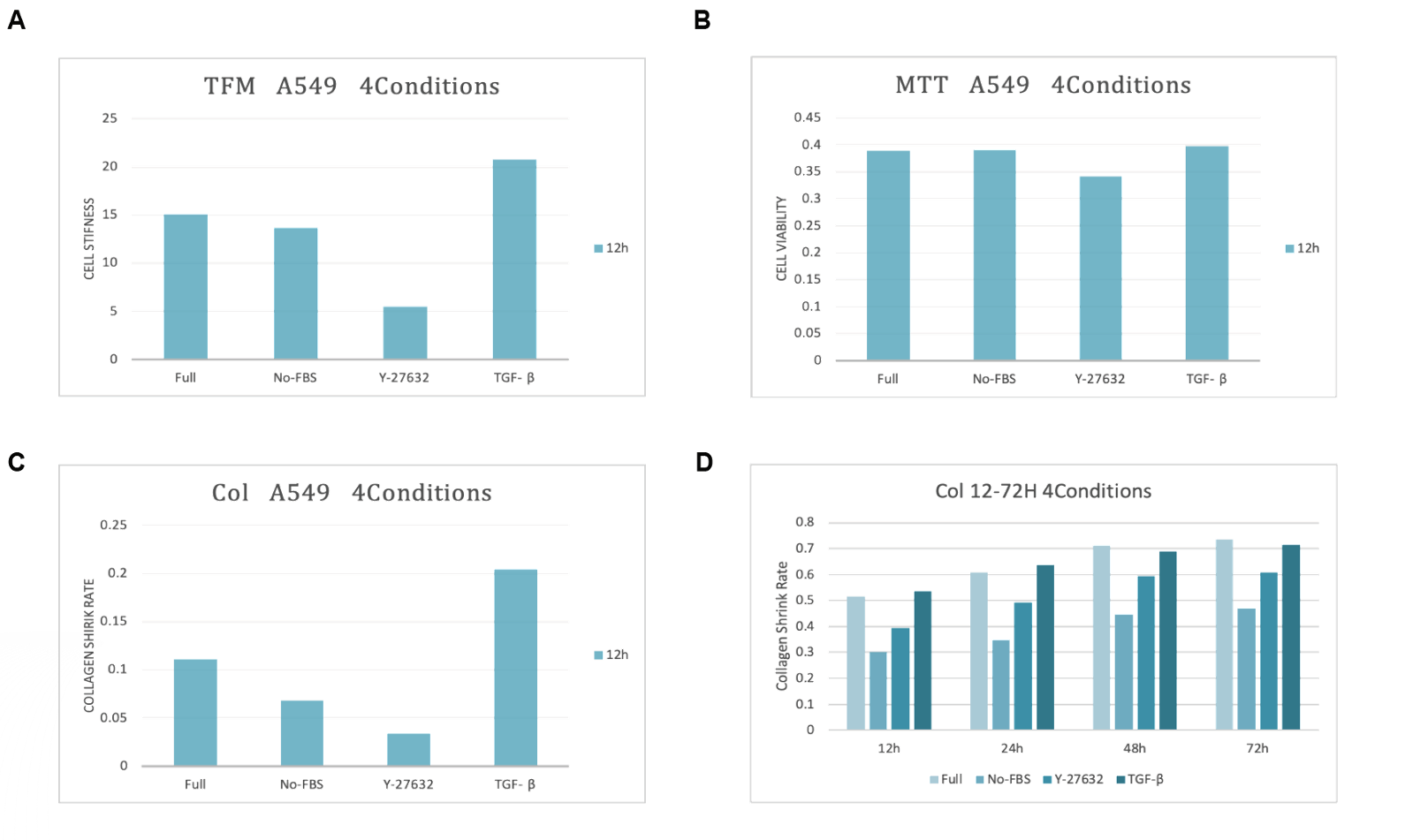Drug Screen
A high-throughput drug screening system for recognizing collagen gel contraction based on deep learning technique
Traditional collagen gel contraction assay
3D collagen gels have been widely used in the study of cell contraction, drug screen, integrin signaling, apoptosis, and cytoskeletal reorganization, offering more biological relevance in vitro than traditional 2D culture methods.
The two-step adhesion model is a traditional and classic method for detecting cell contraction. It includes two steps: the accumulation of mechanical force generated by cell contraction within the adherent collagen matrix, and the release of the collagen matrix to produce contraction.
However, the traditional two-step method is inconvenient and time-consuming to operate. Additionally, due to the excessive volume of collagen used in each experiment, the cost is extremely high, making it impractical for high-throughput, large-scale experiments.


Droplet based collagen contraction gel assay
Due to the many inconveniences and barriers posed by the traditional two-step method, droplet-based collagen contraction experiments are more suitable for high-throughput collagen gel contraction experiments, contributing to high-throughput drug screening.

- Step A: Hydrophobically modifying the well plate by adding PDMS, followed by the addition of droplets of the pre-prepared cell-collagen suspension.
- Step B: Placing the collagen gel array plate in an incubator to mold the collagen.
- Step C: Adding different kinds and concentrations of drugs the well plate.
- Step D: Segmenting collagen gel images with deep learning model.
- Step E: Measuring the drug effectiveness and effective concentration by analyzing the concentration rate of collagen over time.
To validate the effectiveness of this method, we took traction force microscopy as benchmark and compared the results with the classic biological MTT assay. At the 12-hour mark, the collagen gel contraction experiment was able to demonstrate the effects of different drugs, while the MTT assay had not yet shown contrasting results.

Exploration of High-Throughput Experimentation
This project also utilizes a 3D bioprinter for high-throughput printing of collagen gel arrays. Furthermore, to enhance the efficiency of the entire high-throughput process, I am exploring the use of automated pipettors and high-content microscopes for experimentation.

Future development
Experiments have already been successfully conducted with anti-tumor drugs, anti-myocardial fibrosis medications, and asthma medications. A patent application has been submitted, and more in-depth and extensive scientific research is ongoing.